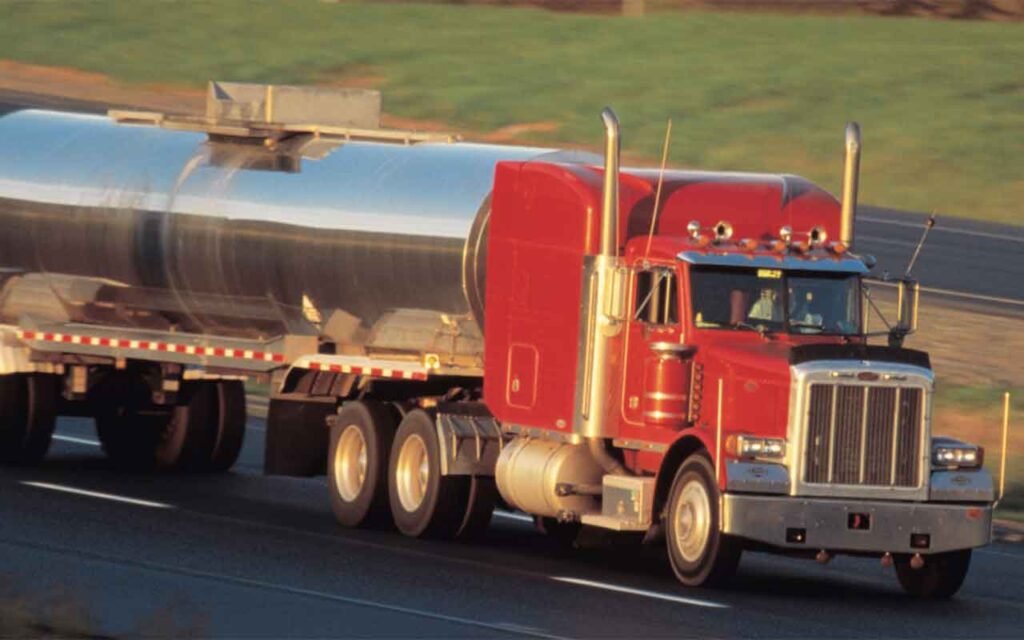Is writing a transportation blog something you’re considering? If that’s the case, you’ve found the proper location. Consider monetization strategies once your site has acquired a significant readership.
You can monetize your trucking site in several ways, including through advertising revenue, partner commissions, and direct sales. To keep your readers’ confidence, you must inform them when you use sponsored material.
This tutorial will review the fundamentals of starting a truck blog that attracts readers and positions you as an expert.
Choosing Your Niche
The first stage in developing a popular trucking site is deciding on a focus. Your specialty should be something you’re excited about and well-versed in. Focusing on long-haul trucking would allow you to share your knowledge on journey planning, safety precautions, and vehicle upkeep.
One strategy for selecting a specialty is to specialize in transporting particular goods. You can make material that educates drivers and businesses about the specific difficulties of hauling that merchandise. If you’re interested in carrying hazardous chemicals, you could write articles about how to do so lawfully and securely.
After settling on a specific target market, you should educate yourself on that demographic. Who are they, what do they require, and what do they like to read? This data allows you to create material that genuinely connects with your target demographic.
Creating Quality Content
Once you know who you’re writing for and what they want to read, you can work on producing excellent material. The information you provide your users must be engaging, helpful, and worth their time. Use correct language and phrasing to appear credible.
To maintain your audience’s interest, you can produce material in various forms, including written blog entries, videos, and infographics. Videos are a fantastic medium for showcasing individuality and imparting visible data. Infographics are a great way to simplify difficult-to-digest data for the average viewer.
Use headings, subheadings, and bullet points to break up the text in your blog entries and make them simpler to read. Posts can be made more interesting to the eye by including visuals or photos.
Promoting Your Blog
Only half the fight is won by producing excellent material. You need to advertise your site if you want to attract readers. Using social media is a great option for this. Post your updates to social media and professional networks like Twitter, Facebook, and LinkedIn. Interact with your audience by responding to their tweets, posts, and direct messages.
Promoting your site can also include participating in online communities dedicated to transportation. Forums allow you to network with other professionals and share your knowledge. You can also work with other bloggers in the trucking industry by sharing material and supporting each other’s websites.
Building Your Email List
Email marketing is an effective strategy for connecting with readers and attracting new followers. Use a lead magnet like a complimentary e-book or a coupon code to get people to join your email list. Pop-ups are another method to collect email addresses from your blog’s visitors.
Keep in contact with your email list followers once you have one. Regularly refresh your followers with newsletters that include links to your most recent articles and other useful content. Making communications more pertinent and engaging through personalization and segmentation.
Interacting with Your Target Market
Successful transportation blogs are those that actively involve their readers. Provide input, answer questions, and engage with your readers. To help build a feeling of community among your followers, consider holding a Q&A or live chat.
Suppose you want to increase the number of people who read your content and gain respect as an authority figure in your field. In that case, you must concentrate your efforts, publish consistently, promote your blog, and accumulate email addresses.

Monetizing Your Blog
Building an audience for your trucking site requires dedication and work. Using these guidelines, you can write a blog that attracts readers and generates action. If you want to expand your audience and become an authority in your field, pick the right niche, write consistently high-quality material, market your blog, and amass an email list.
Consider monetization strategies once your site has acquired a significant readership. You can monetize your trucking site in several ways, including through advertising revenue, partner commissions, and direct sales. To keep your readers’ confidence, you must inform them when you use sponsored material.
Conclusion
Building up a viewership on a website with a trucking blog topic requires both time and effort. If you pay attention to these pointers, you’ll be able to design a website that attracts visitors and inspires them to take action.
A website dedicated to transportation enables you to showcase your knowledge while facilitating networking opportunities with other industry professionals.
If you follow these guidelines, you will improve your possibilities of developing a website for transportation that is both well-liked by its users and lucrative for its owners.

